Silver Laced Wyandotte
Beauty and Eggs! – LOCAL PICK UP!
BEAUTIFUL & QUIET! GREAT LAYERS!
GET THESE BEAUTIES NOW THEY WON’T LAST LONG!
Additional information
| INFO | The Wyandotte is one of America’s most iconic breeds. What Is It Like To Own Golden Laced Wyandottes? They really do not interact much with other breeds and seem to ignore others and stick together as a group. However if any bird starts picking at them the aggressor will be firmly put in their place – they do not tolerate any nonsense. She is active and likes nothing better than foraging in the yard and garden looking for tasty little treats such as caterpillars and other bugs. As she is a large chicken, exercise and foraging helps them to keep busy and active both physically and mentally. The Golden Wyandotte is best described as a loner. They prefer the company of their own kind and rarely mix with other breeds which can give the appearance of aloofness. She is not a chicken that enjoys lap time or cuddles. They are content to be your friend and hang around for treats and the occasional pet, but they do not want to be held too much. Overall this is a quiet bird that is not known for being aggressive. However they do not tolerate being bullied. If another chicken starts picking at them they will firmly make their superiority known and that will be the end of it. This breed can tolerate a wide variety of climates which makes them an ideal breed for beginners and 4H members alike. They are suitable as a family bird although small children should be watched carefully as they will not tolerate being fussed with. Egg Production Golden Lace Wyandotte, This hen is a very respectable egg layer. Expect four eggs each week which works out to a little over 200 eggs each year – certainly a good number. The eggs are a cream to light brown color and large in size. You can expect them to reach point of lay around the 18-20 week mark. Although they do make good mothers, Wyandottes are not renowned for being broody so if you want to have some chicks from them be prepared to fire up your incubator. As mentioned earlier this is a calm and quiet chicken. This makes them perfect for an urban setting. They do make noise in the form of the egg song and predator warnings, but generally the hens are pretty quiet. The appearance described here refers to the Gold Laced Wyandotte only. Comb, wattles and ear lobes are all red and their beak is stout and dark yellow or horn color. Their skin is also yellow. Their body is large and wide with good depth. The broad back should form a U shape rising up to a perky tail. Their legs are well spaced, short and sturdy. Her plumage should be loose and fluffy but not give the appearance of a Cochin. Their feathers should be held against the body. The Gold laced is a large chicken and looks even larger because of all of her fluff. Standard sized chicken weigh in around 6lb for hens and up to 8½lb for roosters. Color Varieties Whilst the Wyandotte breed family has many color varieties, the gold laced is strictly gold laced with no variations. The overall background color is a dark brown or black. Their head and neck appear more golden than black. The breast, wings and saddle areas have gold feathers edged in black. The gold lacing shows very well on the hens but the rooster looks much different. A Rooster’s head and neck will be a gold or chestnut color. The lacing is confined to the breast and wings but is not as clearly defined as the hens. He also has a gold triangular wing patch. The hackles and saddle feathers are a gold come chestnut color and the sickles are black. Golden Laced Wyandotte Chicken Care Guide Wyandottes are healthy and robust chickens. That being said you still need to watch out for common diseases. All chickens are susceptible to lice, mites and worms, so you need to monitor your chickens health for any signs of trouble. Treat parasites as you find them or use a schedule for regular treatment. Diseases like Marek’s are unpredictable so you should get your birds vaccinated if possible against some of the more common chicken diseases. But overall this is a robust breed that should be very healthy. All chicks need to be fed a minimum of 20% protein feed – they grow very fast and need the protein to grow! Once they reach 16 weeks old you can start to transition them over to 16% layer feed. This feed is for laying hens and contains all they will need to start the laying cycle in a few short weeks. You should also provide your flock with a separate container of oyster shell for those birds that need it. Do not mix oyster shell in with their feed as not all hens will need it and too much calcium can cause problems. Insoluble grit should also be given in a separate container. Lastly there should always be clean fresh water available to your flock. Water gets overlooked sometimes but it is crucial for a strong functioning chicken. Golden Laced Wyandotte Close Up Space is important for these girls as they are fluffy and large. The standard 4 square feet of coop space per hen could be considered a bit tight for them. If you can afford to give them more room they certainly will appreciate it. As for perches they should be strong enough to hold these large ladies. Each hen will need at least 8-10 inches of perching space. Make sure the perches are spread out and placed lower to the ground. As Wyandottes are large birds they could easily injure a leg when jumping down from a high roost. The standard 12×12 nesting box will fit them perfectly with little room to spare. This will prevent two chickens from sharing the nest which can lead to dirty or broken eggs. Wyandottes tolerate confinement very well as long as they have a big enough pen. With a larger bird like this they need around 10 square feet of pen space per chicken. If you are keeping them in a pen make sure they have things to keep them occupied – this will prevent habits such as pecking from developing. However if you can let them free range we would recommend this. They are good foragers and enjoy being allowed to roam. The exercise is good for them and keeps them busy. Golden Laced Wyandotte Breed History Back then the average chicken was usually a scrawny affair that laid few eggs. They were kept for those eggs and as stewing birds but really were not seen as a farmyard animal like a cow or sheep. There was a need for a dual purpose chicken that laid a good amount of eggs and was big enough to feed a family as table fare. The exact genetic input of the original Wyandotte will likely never be known, but we do know that Brahmas and Hamburgs were used. However we do know the genetics of the Golden Laced Wyandotte. They were created in Wisconsin by mixing Silver Laced Wyandottes with a Partridge, Brown Leghorn and Cochin. Originally Wyandottes had both single and rose combs, but when the breed standard was set in 1883 the rose comb won out. They were a firm favorite in the colder northern states of the US since they tolerated the cold weather very well. As factory farming thrived many good old fashioned breeds (such as the Wyandotte) declined in popularity. The slow decline of popularity continued and at one time the Wyandotte was considered an endangered breed. However the recent wave of interest in raising your own chickens helped the Wyandotte tremendously. The breed was rediscovered and has enjoyed steady success since. It was removed from the endangered list in 2016. The Golden Laced Wyandotte could make a wonderful addition to your flock. Their temperament is docile and calm which is a blessing to any flock. They are also hardy, make good foragers and lay eggs very well. This is not a noisy bird so if you have close neighbors they should not be a problem – urban living is a possibility for them. If you let them free range they can remove bugs and other creepy crawlies from your yard. Because of all these things this breed is rightfully very popular. |
|---|
Only logged in customers who have purchased this product may leave a review.


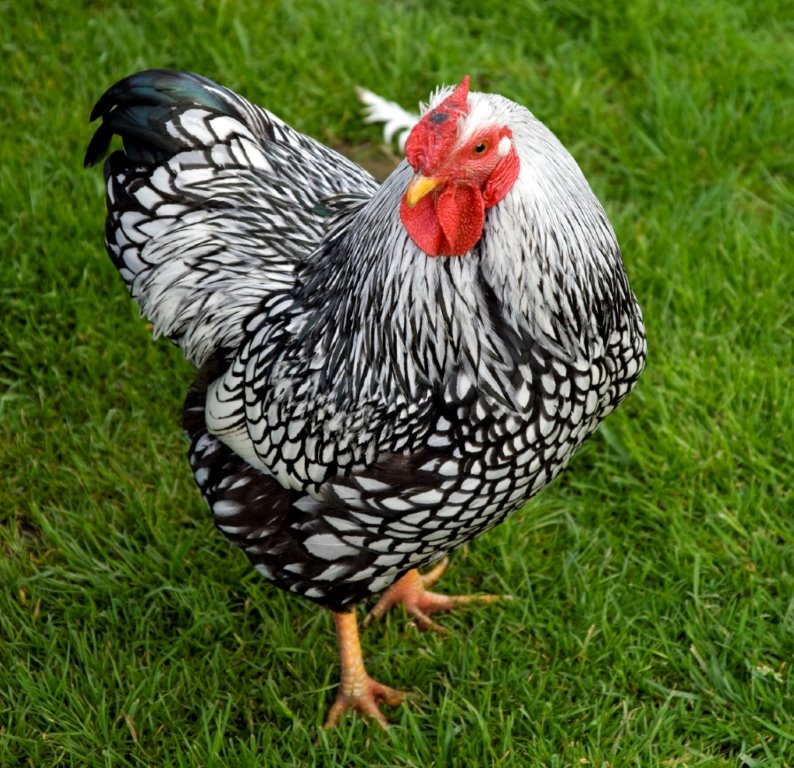
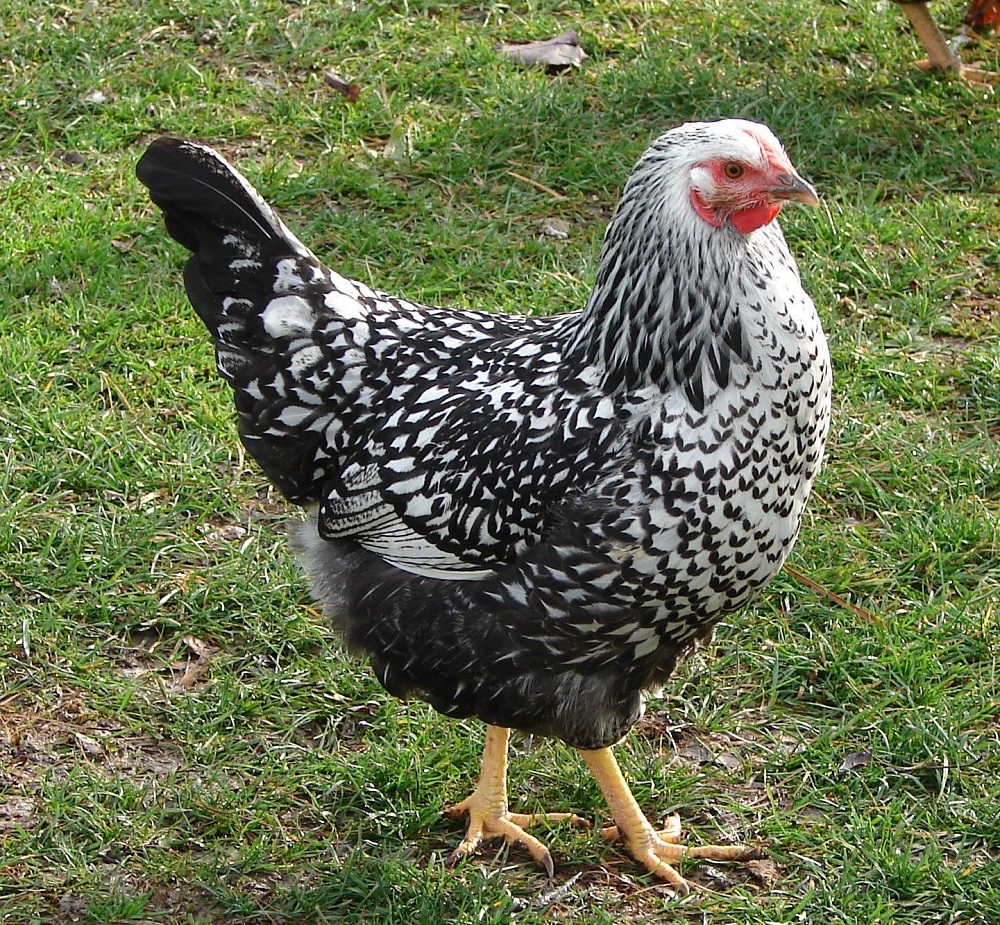



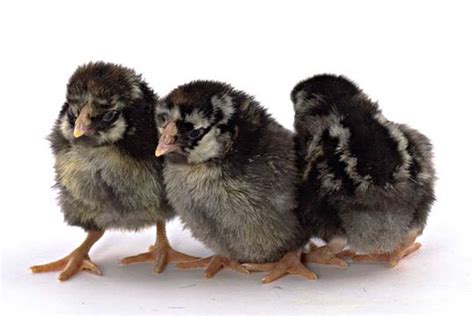
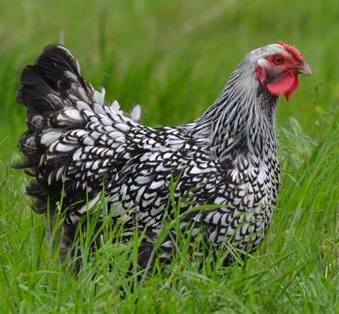

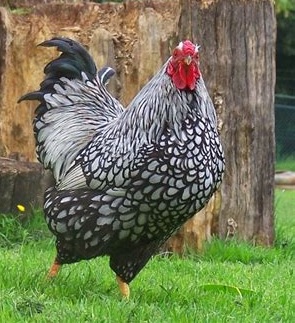
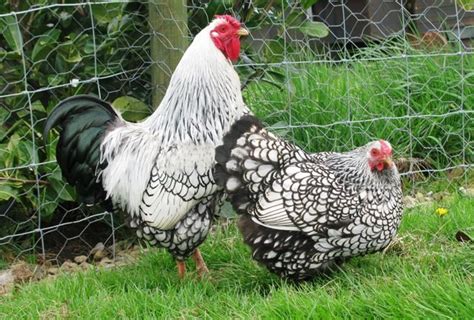
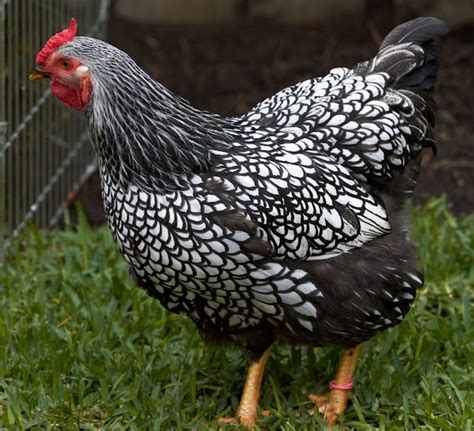
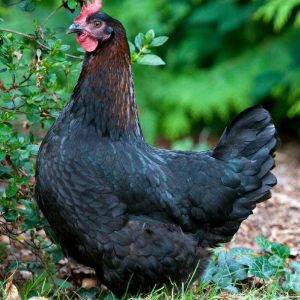
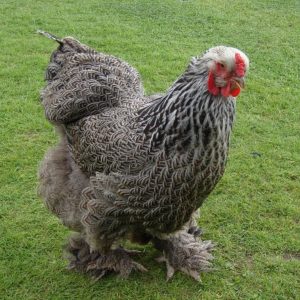
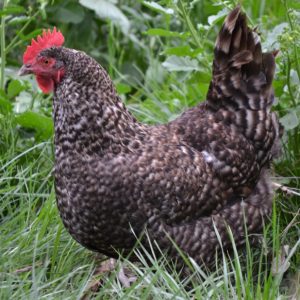
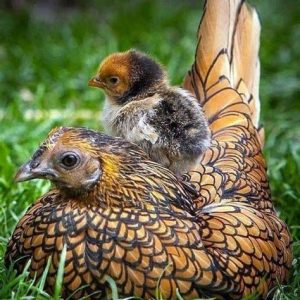
Reviews
There are no reviews yet.